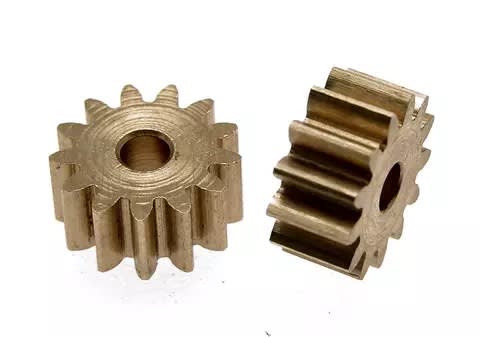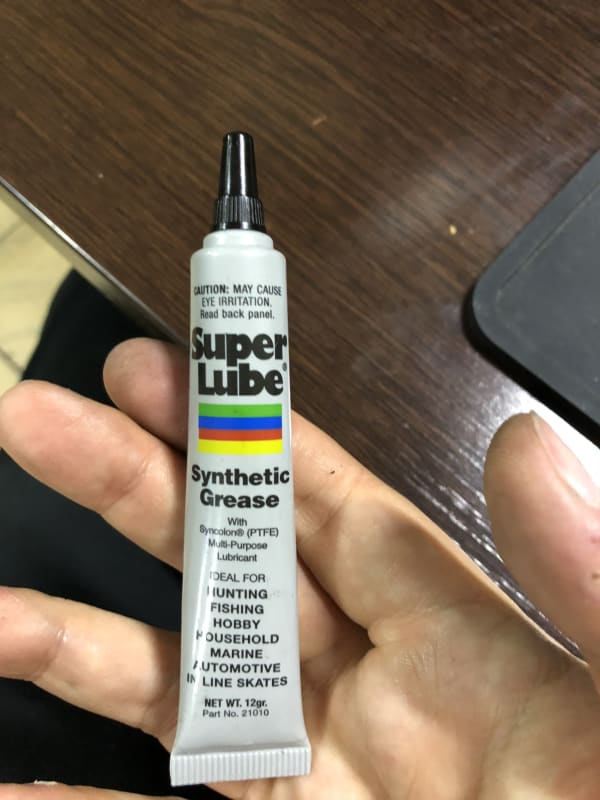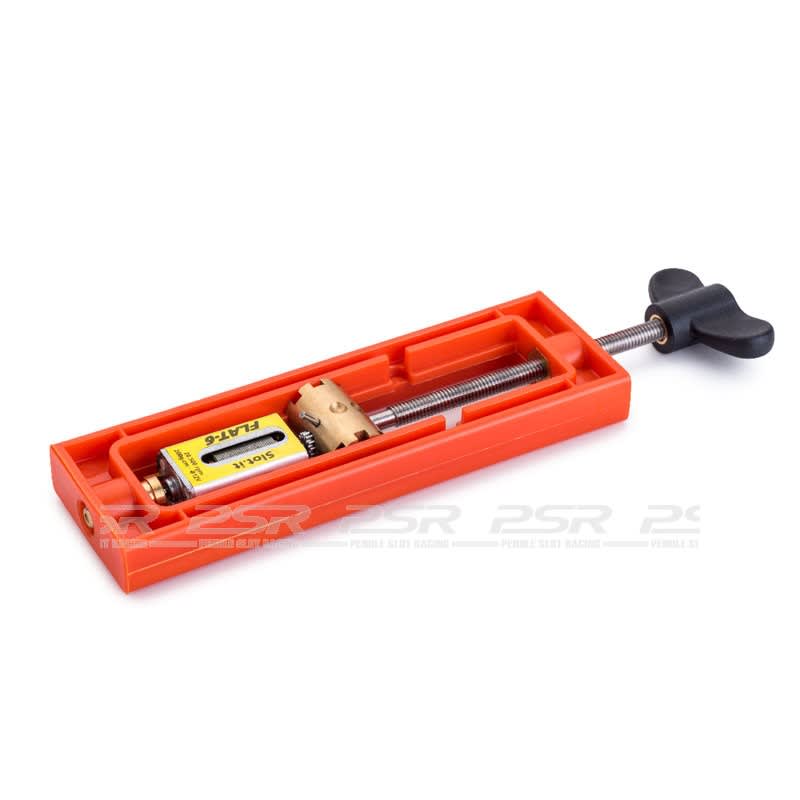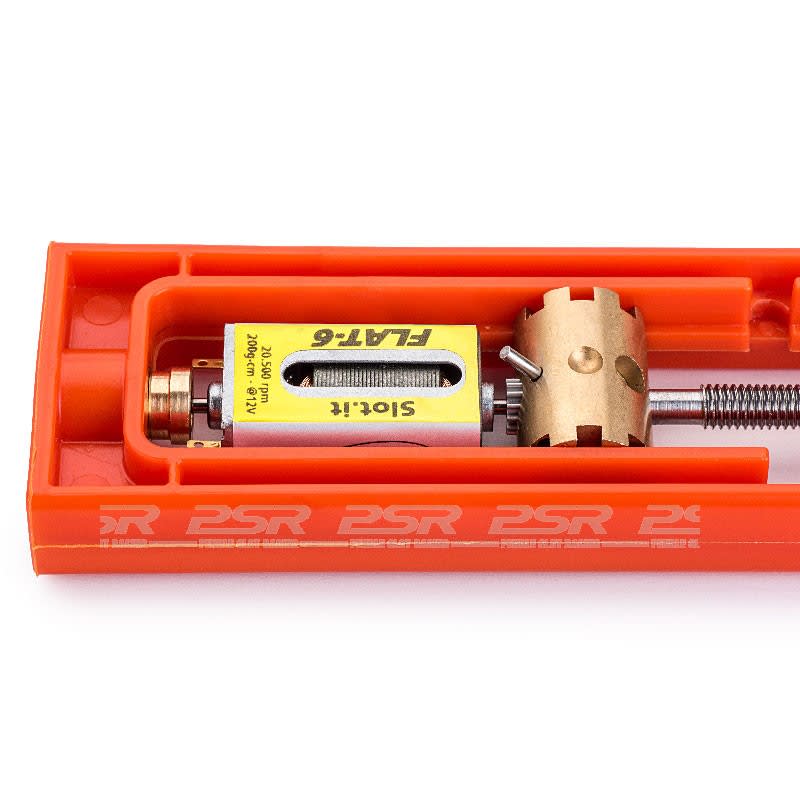I would like to develop a new pinion for DC motors used in slot car racing competitions. The objective is to make a state-of-art pinion, focusing:
- high precision with lowest friction possible when used together with currently available nylon spur gears/crown gears;
- much lower weight than traditional steel and brass pinions, for a lower rotational mass in the motor shaft;
- very good strength to weight ratio, resulting in a long life pinion, suitable for sprint races but also for 24 hours endurance races
With this in mind and considering the specs below, I would like to receive suggestions to achieve the best project possible.
Type: Spur Gear Press-on with two beveled faces for easy pressing, hubless
Material: pure Titanium grade 5 6AL4V (suggestions??)
Coating: ??? Suggestions??
Modulus: 0.5mm Module Metric Spec
Teeth: 13
Outside diameter: 7.75mm
Width: 3.2mm
Hole: 2mm
Pitch: M50
Pressure Angle: 20
Thanks in advance guys for any help!
- high precision with lowest friction possible when used together with currently available nylon spur gears/crown gears;
- much lower weight than traditional steel and brass pinions, for a lower rotational mass in the motor shaft;
- very good strength to weight ratio, resulting in a long life pinion, suitable for sprint races but also for 24 hours endurance races
With this in mind and considering the specs below, I would like to receive suggestions to achieve the best project possible.
Type: Spur Gear Press-on with two beveled faces for easy pressing, hubless
Material: pure Titanium grade 5 6AL4V (suggestions??)
Coating: ??? Suggestions??
Modulus: 0.5mm Module Metric Spec
Teeth: 13
Outside diameter: 7.75mm
Width: 3.2mm
Hole: 2mm
Pitch: M50
Pressure Angle: 20
Thanks in advance guys for any help!





